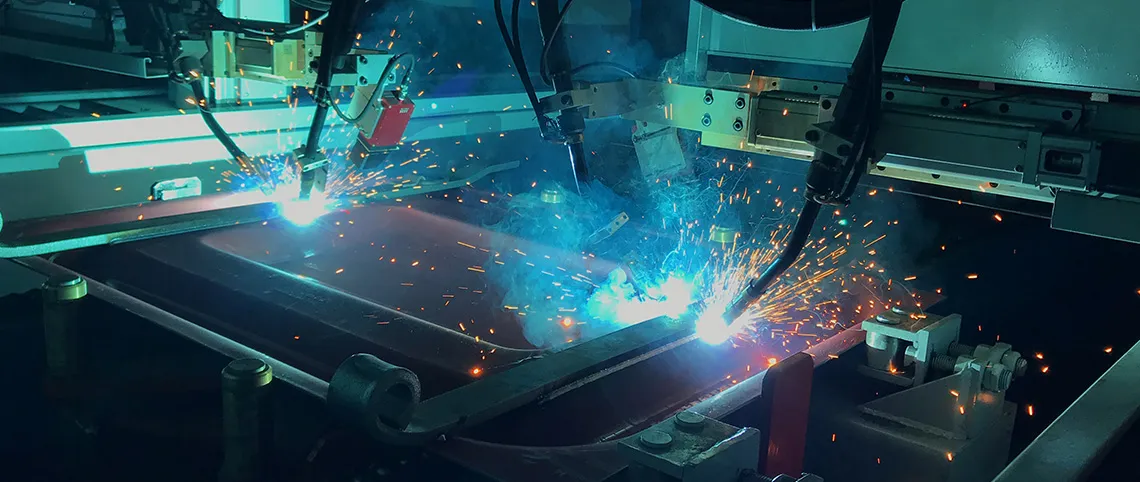ઓક્ટોબર . 09, 2024 16:03 Back to list
pin gauge use
Understanding the Use of Pin Gauges in Manufacturing and Quality Control
In the manufacturing industry, precision and accuracy are paramount. One of the tools that have gained prevalence in ensuring the quality of components is the pin gauge. Pin gauges are simple yet highly effective tools used to measure the size of holes, slots, or dimensions in various objects to ensure they meet specified tolerances. This article explores the significance of pin gauges, their types, applications, and proper usage, underscoring their importance in quality control and assurance processes.
What is a Pin Gauge?
Pin gauges, also known as pin gages or pin probes, are cylindrical measuring tools with precisely defined diameters. These gauges are typically made from high-strength materials such as hardened steel or tungsten carbide, ensuring durability and resistance to wear. The pins come in various sizes, allowing users to select the appropriate gauge for the measurement at hand. Each pin gauge is manufactured to meet specific tolerances, ensuring reliability and consistency in measurements.
Types of Pin Gauges
There are two primary types of pin gauges the go gauge and the no-go gauge. The go gauge is designed to fit into a hole or slot, indicating that the dimension meets the minimum requirement. Conversely, the no-go gauge is sized slightly larger than the maximum acceptable dimension. If the no-go gauge fits, it signifies that the dimension is out of tolerance. The use of these two types together helps manufacturers quickly and effectively determine whether a component meets dimensional specifications.
Applications of Pin Gauges
Pin gauges are widely used across various industries, including automotive, aerospace, manufacturing, and electronics. Their applications include
1. Hole Size Measurement Pin gauges are primarily used to measure hole diameters in parts. They can quickly assess whether a hole is within the acceptable size range.
2. Alignment Checks In assemblies where precision alignment is crucial, pin gauges help verify if parts fit together correctly. By using pin gauges to check alignment, manufacturers can prevent costly errors that result from misfitting components.
3. Tool Calibration Pin gauges can be used to calibrate other measuring tools, such as calipers and micrometers, ensuring that they provide accurate readings.
pin gauge use

4. Quality Control Pin gauges play a critical role in quality control processes, helping to ensure that produced parts meet required specifications before they are shipped to customers or assembled into larger products.
How to Use Pin Gauges
Using pin gauges requires a systematic approach to ensure accurate measurements. Here are the steps involved
1. Select the Appropriate Gauge Choose the pin gauge that corresponds closest to the required measurement. It’s crucial to have a comprehensive set of gauges to cover all possible sizes.
2. Clean the Area Before measuring, ensure that the surface of the hole and the gauge are clean and free from debris. This prevents obstructions that could lead to inaccurate measurements.
3. Insert the Go Gauge First, insert the go gauge into the hole. If the gauge fits easily, the hole is within tolerance for that dimension. If it does not fit, it suggests the hole may be too small or requires further inspection.
4. Insert the No-Go Gauge Next, insert the no-go gauge. If this gauge fits, it indicates that the hole is too large and does not meet the maximum specified tolerance.
5. Record Results Document the measurements and any discrepancies noted during the process. This data is crucial for maintaining quality control records and tracking trends over time.
Conclusion
In conclusion, pin gauges are indispensable tools in the realm of manufacturing and quality control. Their simplicity, versatility, and accuracy make them essential for ensuring that components meet stringent regulatory and customer requirements. As the manufacturing landscape continues to evolve, the importance of maintaining precision through tools like pin gauges will only grow, ensuring that industries can deliver high-quality products consistently and reliably. By adhering to proper usage practices, manufacturers can harness the full potential of pin gauges, contributing to better quality assurance processes and overall operational excellence.
-
Why Metric Trapezoidal Thread is Ideal for Precision Motion ControlNewsAug.05,2025
-
The Unique Properties of a Block of Granite for Industrial UseNewsAug.05,2025
-
The Role of Flanged Y Strainers in Preventing Pipeline ClogsNewsAug.05,2025
-
The Importance of Regular Calibration for Master Ring GagesNewsAug.05,2025
-
How a Cast Iron Surface Table Enhances Accuracy in ManufacturingNewsAug.05,2025
-
Comparing Different Check Valve Types for Optimal Flow ControlNewsAug.05,2025
Related PRODUCTS









